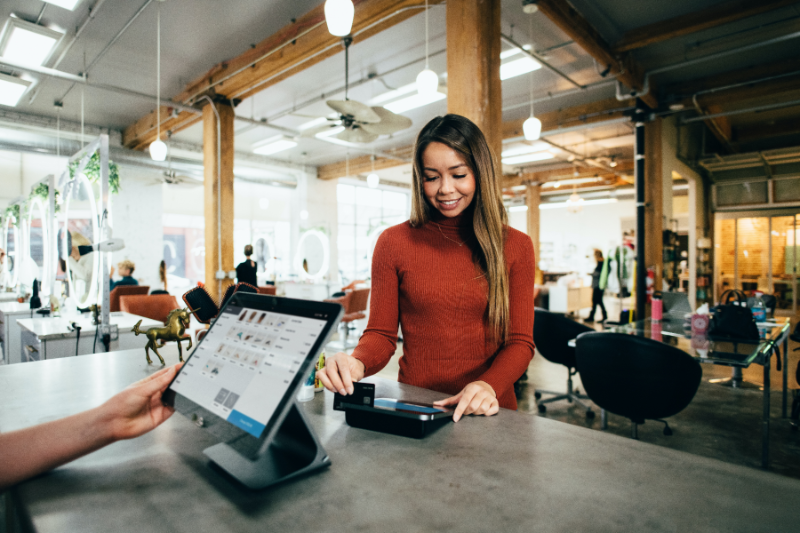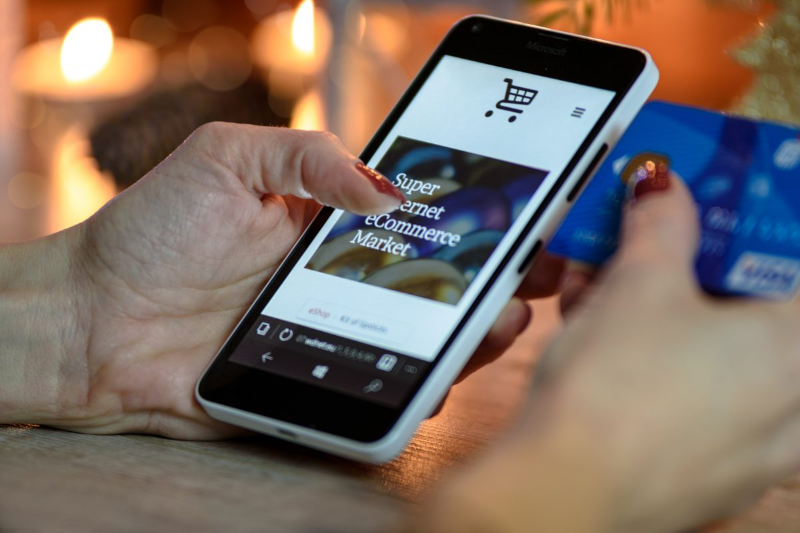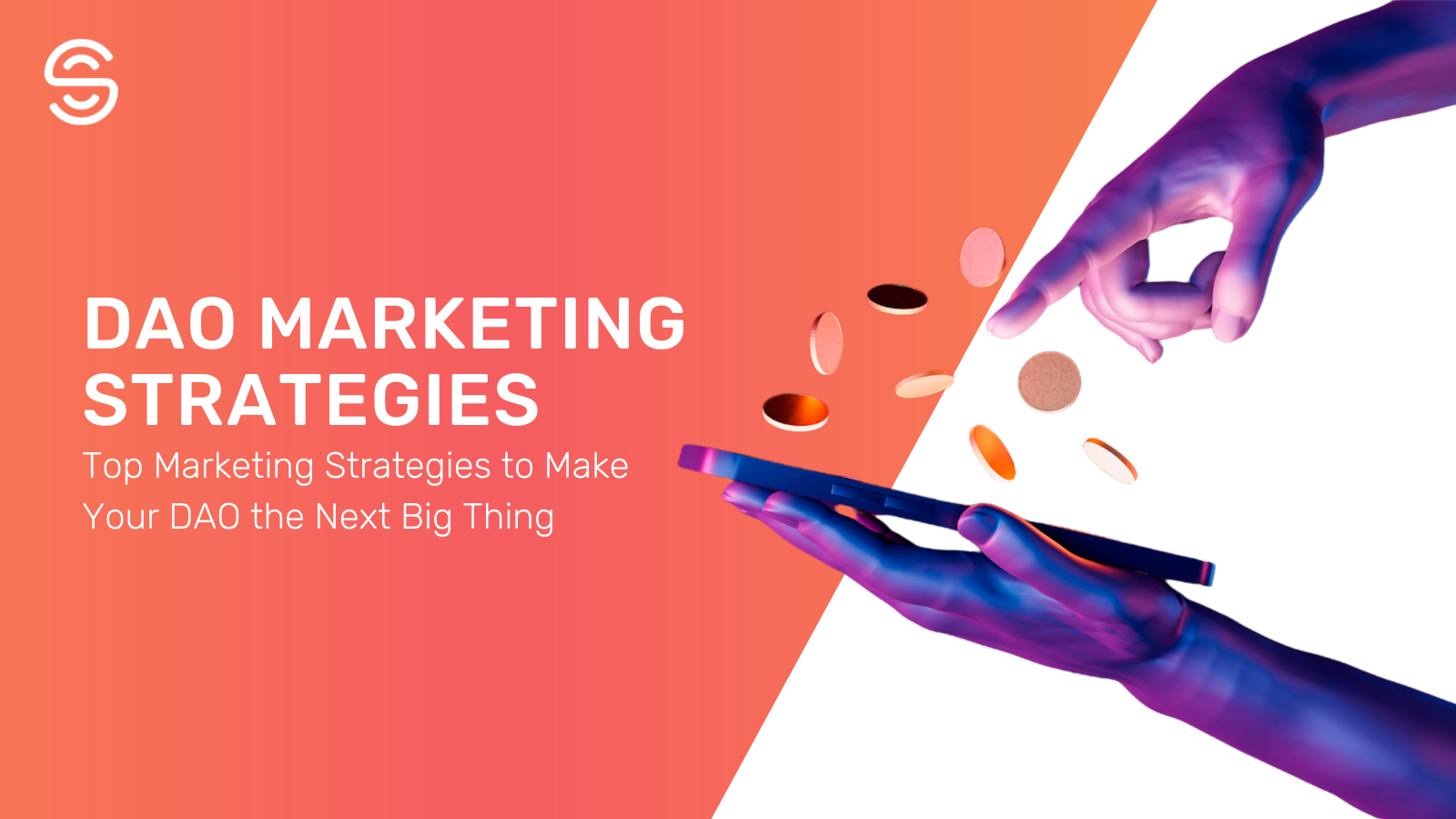Top-9 Striking Insights on the Post-COVID Future of Retail
February 18, 2024 5 min. read

Try AI-Driven Insights
Monitoring for Free
Discover new business ideas and growth opportunities using
our AI-powered insights monitoring tool
Coronavirus outbreak has already reshaped retail to a greater extent, and there is definitely much more to come. Among the numerous attempts to foresee what the industry will experience in the future, the Shoptalk Retail Framework for COVID-19 seems to be one of the most noteworthy one and offers lots of valuable insights.
Being aware of the transformations coming for retail over the next 3-5 years, one can outline what to expect for several areas and how to act to survive in the post-COVID era. Here are the 10 striking insights on the future of the industry and implications to be considered by actual and potential retail businesses.
1. Fashion & Apparel
As public life will be getting back on track, people will renew their wardrobe more intensively. However, it does not mean the whole fashion sector will flourish the same as before the coronavirus hit. COVID-19 has influenced the industry to a large extent, becoming a source of both inspiration and suffering. The demand for office apparel might drop and will have low chances of coming back to the pre-crisis level as many people may keep working remotely. On the contrary, the demand for the home and comfy clothing is likely to remain stable.
It might sound surprising, but personal protective equipment (PPEs), especially masks and gloves, will continue to be trending accessories for the rest of the year most likely.
Tip for businesses: If you’re in fashion retail, get creative, and explore possibly launching new original clothing collections or items inspired by this new era.
2. Luxury

The economic consequences of global quarantine have made the luxury sector suffer. In the long run, more people will cut their spendings and go for more modest options. However, for those whose budgets were not severely hit by the crisis and who can still afford the high-priced patterns, the key items of spending will be changed. Being limited in getting new experiences, first of all, traveling, they will invest in physical goods much more.
Tip for businesses: Physical goods are going to be more valuable than experiences for some time so explore various opportunities how you can leverage that for your business.
3. Grocery
Though not as intensified as in the times of pandemic, online grocery buying is still popular. This will no longer be the reserve option, but frequently the preferable way of shopping – even if it’s safe, why go to the supermarket, spend time, carry heavy bags when you can order online, and simply open the door? As CPG brands improved their presence online and built direct-to-consumer sites to meet consumer needs during COVID, retailers now will be seeking a new equilibrium between e-commerce and brick-and-mortar.
Tip for businesses: Groceries will always be needed, but now the way they are sold defines a retailer’s success.
4. Consumer spending patterns
Although consumer confidence will rise gradually, their spending patterns have been changed considerably, and it is in no way beneficial for sellers. Cutting expenses has become a necessary action for Millenials and the life principle absorbed by the younger generation, alongside with the fewer opportunities to earn for everyone. The emotional spendings will be not that high as the on-site store visits got minimized for safety reasons. Thus, more rational and rarer shopping will result in bulk buying popularity.
While the restaurants will experience some step by step reviving, takeaway food points, and convenience stores will experience less foot traffic as the number of people working remotely will remain high.
Tip for businesses: Businesses should get ready to stimulate customers to buy more and use their resources efficiently.
5. Supply chain

Sustainability and efficiency of supply chains will become even more crucial for market performers than in the pre-COVID era. The more agile supply chains will be, the more successful they’ll have on the market. The retailers providing the same-day delivery option will be more attractive for customers compared to the competitors. Nevertheless, speed won’t be the only criteria for customers. As consumers will be more concerned about the environment and sustainability, the brands that do not follow eco-friendly principles may alienate part of the audience. Thus, there will be a continually growing need to make the supply chain more transparent to make people sure your brand is sustainable.
Tip for businesses: The balance between reducing the negative environmental impact, being more transparent, and optimizing the supply chain processes is the key to success.
6. Retailer business models
Quick adjusting to the post-COVID realities and driving innovation will be vital for retail businesses. The retailers that don’t act quickly will fail to compete with agile e-commerce. To avoid these outcomes, retailers will focus on the online ordering and delivery options, and physical retail stores will be transformed into the pickup/dropoff points.
Tip for businesses: Listen to your customers – they can help you guide through the changes and share impactful insights on how to best move forward.
7. Store operations
On-site shopping will no longer dominate due to the rapid development, convenience, and safety of online purchasing. Thus physical stores will be reinvented — they will no longer be the centerpiece of a retail business, but rather an extension of the omnichannel experience.
There will also be changes to store layouts, some of which may be permanent. Experiential retail will most likely evolve with less focus on drawing in large groups for high-touch experiences. Digital shelves will take precedence, allowing retailers to refocus efforts on shopper safety. The economic losses caused by closures of physical stores and the need to recover sales will push brands to be more creative, leading to the creation of lots of inspiring and out-of-the-box new initiatives and campaigns.
Tip for businesses: Be innovative and think about how you can recreate your physical store.
8. E-commerce operations and experiences

A triumph of e-commerce will keep lasting, as more people will discover the perks of e-commerce. No empty shelves and out of stock items, no shortage of sizes, no foundation stains on a white T-shirt or fighting for the last granola pack with that “woman who was the first to see it”.
As more folks are shopping online, there will be an increased load of customer service and support teams that will require more automatization. More e-commerce brands will be implementing AI-powered tools to automatically generate text and voice answers to respond to customers’ inquiries.
Tip for businesses: Take full advantage of the new tech to optimize the customer service and automate routine tasks.
9. Brand marketing and distribution
Having spent the past year largely buying through e-commerce, shoppers increasingly expect AI-based product recommendations and extremely relevant suggestions.
Tip for businesses: Explore AI tools for e-commerce that can help you with offering product recommendations and personalizing experiences for your customers.
Artem Gladkikh,
Serial Entrepreneur with 8-year experience in Business Growth. AI & Business Growth Expert.
Currently, focus on building Signum.ai and helping marketing and sales teams leverage AI to boost their productivity and reach their goals.
More useful content on our social media:
